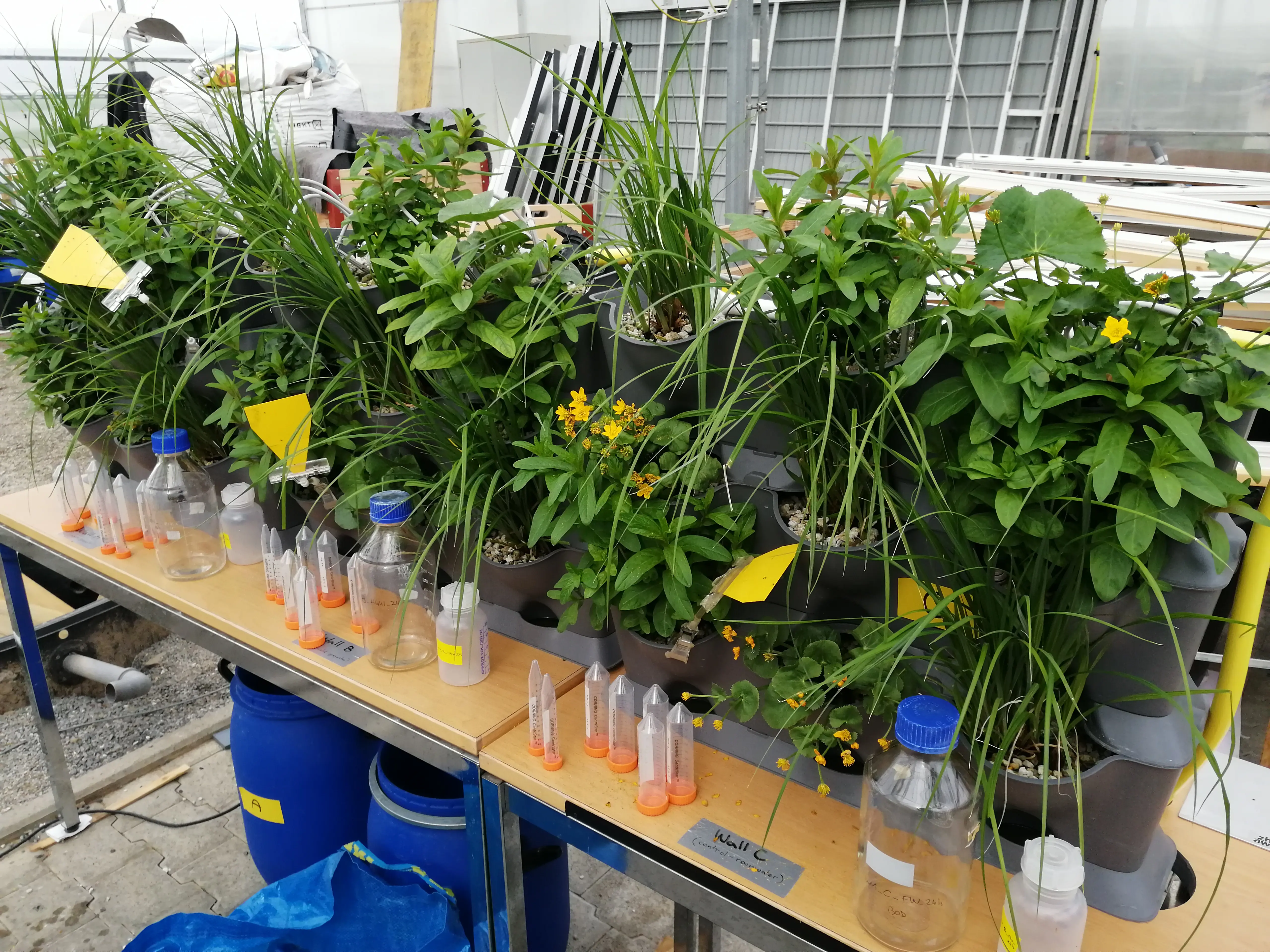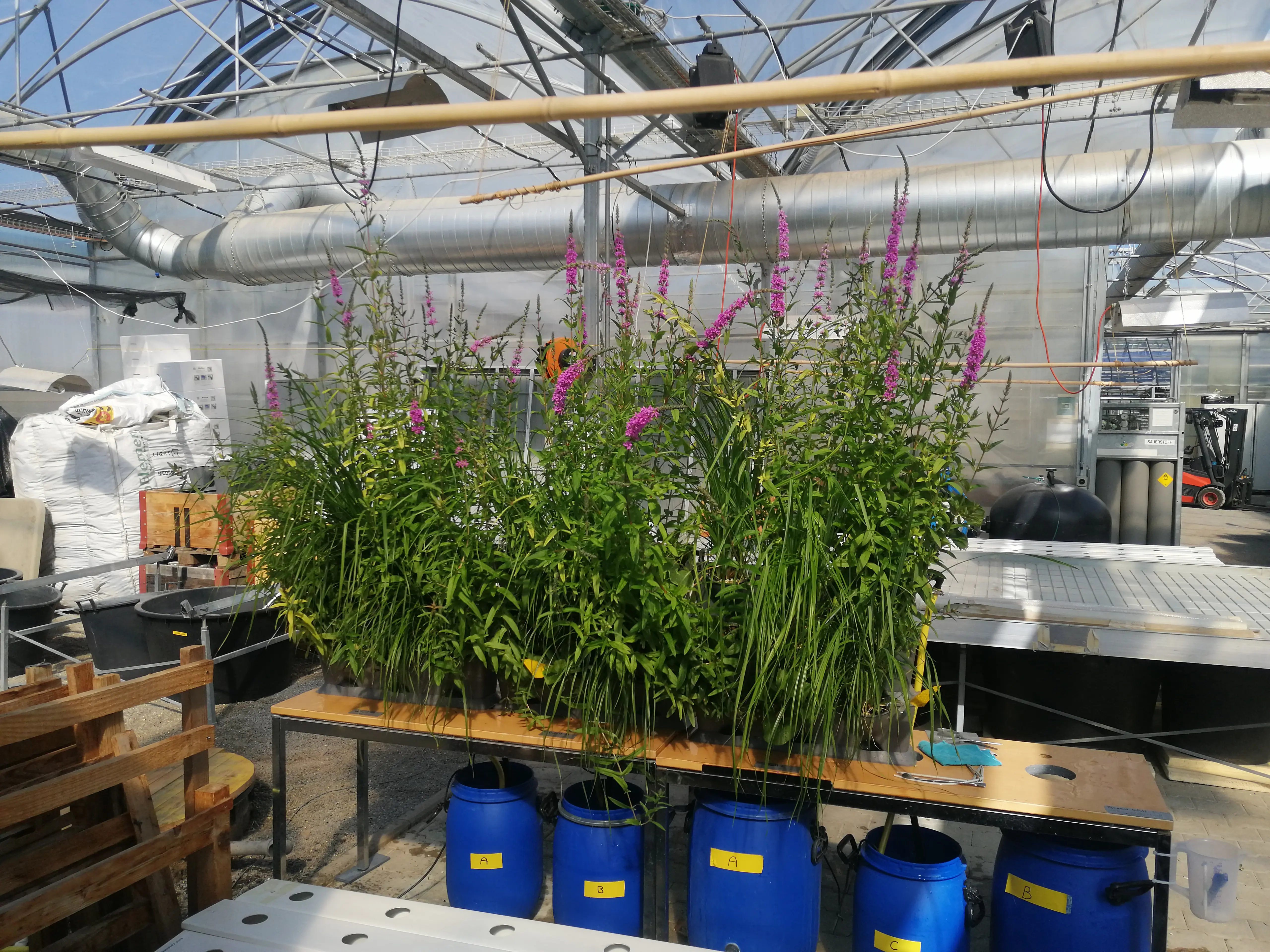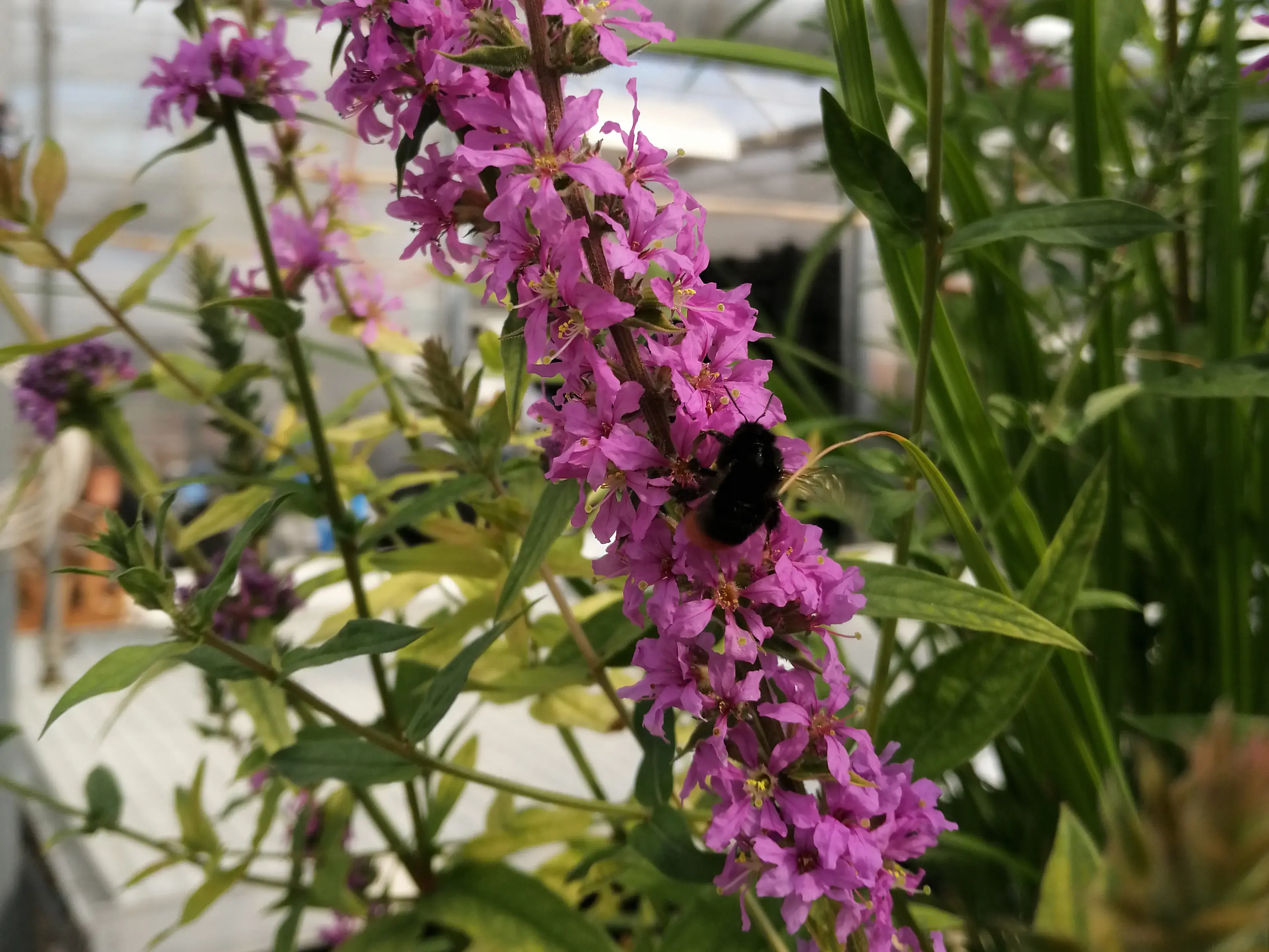The tiny world of green walls tackling greywater treatment
Green wall systems are being increasingly studied for their greywater treatment potential. The master’s thesis of Katjuša takes a closer look at one of the most important drivers of greywater treatment in these systems – the bacterial communities.
Green infrastructure in urban areas, such as green walls and green roofs can be an effective nature based solution for wastewater treatment. Greywater is defined as all wastewater coming from sinks, baths, showers, dishwashers and washing machines. It generally contains lower concentrations of impurities and therefore has a great potential for treatment and reuse. For example, if treated properly, greywater can be reused for toilet flushing and irrigation. Green wall systems for greywater treatment are especially beneficial in urban areas since they are space-saving and enable to cover large urban green spaces. In addition, they can reduce stormwater runoff, improve air quality, provide sound and heat insulation to buildings, reduce operating costs of buildings and improve the quality of life of the residents.
Microbiological communities play a vital role in wastewater treatment and are responsible for removing most of the nitrogen and phosphorus contained in the contaminated water. Considering the importance of microbes in wastewater treatment systems, studying the microbial communities and dynamics is a key factor in understanding the functioning of wastewater treatment systems and improving their performance. While the literature on the use of green wall systems for greywater treatment acknowledges the importance of microbial communities for greywater treatment, no studies have specifically characterized the microbial communities in these systems. Additionally, most studies on green wall treatment systems have focused on the treatment of light greywater (low pollutant concentrations), while the treatment of dark greywater with higher pollutant concentrations has remained largely unstudied. The main objectives of Katusjas thesis was to evaluate the efficiency of chemical and microbial treatment of experimental green wall systems for laundry and household greywater treatment, as well as to explore the bacterial communities and dynamics within the green wall media and plant roots.
A 16-week experiment was conducted at the ZHAW in the summer of 2021, where three experimental green walls were irrigated with different greywater (laundry greywater, household greywater and rainwater, which acted as a control). Various water quality parameters were measured in order to determine the treatment efficiencies of the systems. The bacterial communities and their dynamics within the walls will now be determined with next-generation sequencing.
This study will be the first step towards specifically understanding bacterial community structures in green wall systems used for greywater treatment. Furthermore, it will provide information on the feasibility of utilizing green wall systems for high-strength greywater treatment. The results of this study will be of benefit for both, the process optimization of these treatment systems as well as their operation.
Did this spark your interest? Then check out our Master studies in Environment and Natural Resources!
Further information:
- Questions about the studies we answer via email.
- Katjuša specializes in the field of Ecological Engineering and Renewable Energy


